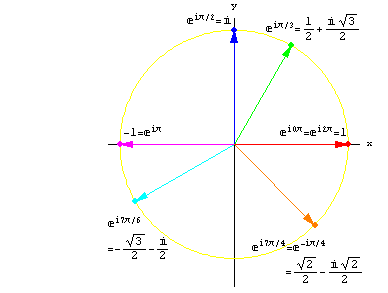 | ||
In mathematics, complex geometry is the study of complex manifolds and functions of several complex variables. Application of transcendental methods to algebraic geometry falls in this category, together with more geometric aspects of complex analysis.
Contents
- Definitions
- Line bundles and divisors
- Complex vector bundles
- Methods from harmonic analysis
- Vanishing theorem
- References
Throughout this article, "analytic" is often dropped for simplicity; for instance, subvarieties or hypersurfaces refer to analytic ones. Following the convention in Wikipedia, varieties are assumed to be irreducible.
Definitions
An analytic subset of a complex-analytic manifold M is locally the zero-locus of some family of holomorphic functions on M. It is called an analytic subvariety if it is irreducible in the Zariski topology.
Line bundles and divisors
Throughout this section, X denotes a complex manifold. Accordance with the definitions of the paragraph "line bundles and divisors" in "projective varieties", let the regular functions on X be denoted
Let
where the second map is
The image of a line bundle
A divisor D on X is a formal sum of hypersurfaces (subvariety of codimension one):
that is locally a finite sum. The set of all divisors on X is denoted by
A line bundle is said to be positive if its first Chern class is represented by a closed positive real
The Kodaira embedding theorem states that a line bundle on a compact kähler manifold is positive if and only if it is ample.
Complex vector bundles
Let X be a differentiable manifold. The basic invariant of a complex vector bundle
-
c i ( f ∗ ( E ) ) = f ∗ ( c i ( E ) ) for any differentiable mapf : Z → X . -
c ( E ⊕ F ) = c ( E ) ∪ c ( F ) where F is another bundle andc = 1 + c 1 + c 2 + … . -
c i ( E ) = 0 fori > rk E . -
− c 1 ( E 1 ) generatesH 2 ( C P 1 , Z ) whereE 1 C P 1
If L is a line bundle, then the Chern character of L is given by
More generally, if E is a vector bundle of rank r, then we have the formal factorization:
Methods from harmonic analysis
Some deep results in complex geometry are obtained with the aid of harmonic analysis.
Vanishing theorem
There are several versions of vanishing theorems in complex geometry for both compact and non-compact complex manifolds. They are however all based on the Bochner method.
